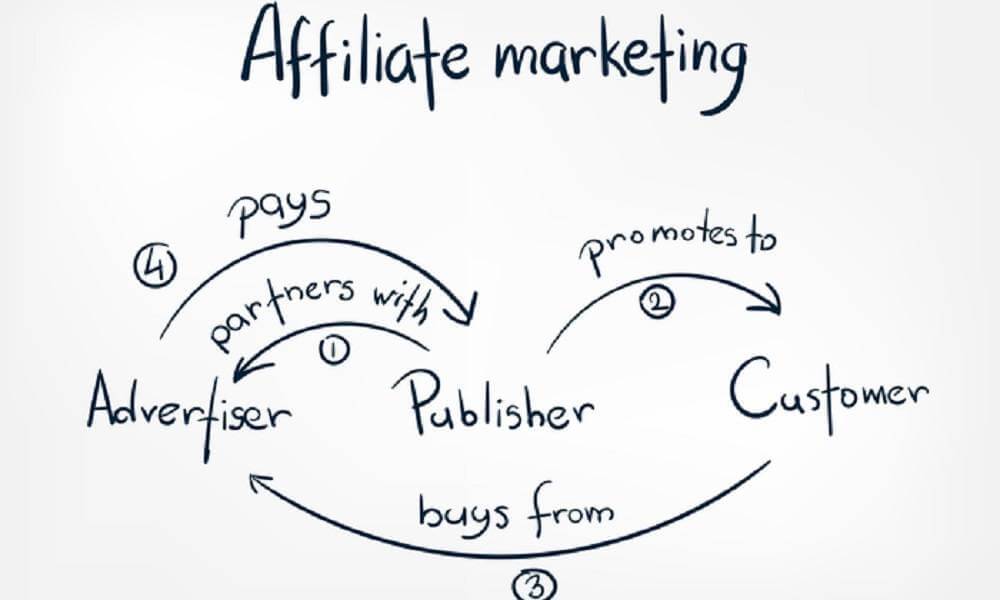Programmatic advertising refers to the use of software to purchase digital advertising. Instead of purchasing advertising space through a human ad salesperson, programmatic advertising uses automated processes to purchase advertising space in real-time through an automated system.
This can be done through various means, such as real-time bidding (RTB) for display ads, or through the use of demand-side platforms (DSPs) and supply-side platforms (SSPs) for video and display ads.
Programmatic advertising can be more efficient and cost-effective than traditional methods of purchasing advertising, as it allows advertisers to target specific audiences and track the effectiveness of their ads.
Which are the best programs for programmatic advertising?
There are many different programs that can be used for programmatic advertising, and the best one for you will depend on your specific needs and goals. Some popular options include:
Google Ads: Google Ads is a platform that allows businesses to create and run search, display, and video ads. It uses real-time bidding to purchase ad space on websites that are part of the Google Display Network.
Facebook Ads: Facebook Ads is a platform that allows businesses to create and run ads on the Facebook platform. It uses real-time bidding to purchase ad space and allows businesses to target specific audiences based on demographics, interests, and behaviors.
The Trade Desk: The Trade Desk is a demand-side platform (DSP) that allows businesses to purchase ad space in real-time across multiple ad exchanges. It offers advanced targeting options and integrations with data providers to help businesses reach their desired audience.
Adobe Advertising Cloud: Adobe Advertising Cloud is a programmatic advertising platform that allows businesses to create and run search, display, and video ads across multiple channels and devices. It offers advanced targeting and analytics capabilities.
MediaMath: MediaMath is a demand-side platform (DSP) that allows businesses to create and run programmatic ad campaigns across multiple channels and devices. It offers advanced targeting and analytics capabilities and integrations with data providers to help businesses reach their desired audience.
What is real-time bidding (RTB) advertising?
Real-time bidding (RTB) is a type of programmatic advertising in which ad space is bought and sold in real-time through an automated system. When a user visits a website, the website’s ad server sends a request to an ad exchange, which is a platform that connects advertisers with publishers (websites that display ads).
The ad exchange then sends the request to multiple demand-side platforms (DSPs), which are platforms that allow advertisers to bid on ad space in real-time. The DSPs evaluate the request and place a bid on the ad space if they think it is a good fit for their target audience.
The winning bid is then sent back to the ad exchange, which sends the ad to the website to be displayed to the user. RTB allows advertisers to target specific audiences and track the effectiveness of their ads.
What are demand-side platforms (DSPs)?
Demand-side platforms (DSPs) are platforms that allow advertisers to buy ad space in real-time through an automated system. DSPs are typically used in programmatic advertising and are connected to ad exchanges, which are platforms that connect advertisers with publishers (websites that display ads).
When a user visits a website, the website’s ad server sends a request to the ad exchange, which then sends the request to multiple DSPs. The DSPs evaluate the request and place a bid on the ad space if they think it is a good fit for their target audience.
The winning bid is then sent back to the ad exchange, which sends the ad to the website to be displayed to the user. DSPs offer advanced targeting options and analytics to help advertisers reach their desired audience and track the effectiveness of their ads.
What are supply-side platforms (SSPs)?
Supply-side platforms (SSPs) are platforms that allow publishers (websites that display ads) to sell their ad inventory in real-time through an automated system. SSPs are typically used in programmatic advertising and are connected to ad exchanges, which are platforms that connect advertisers with publishers. When an advertiser wants to purchase ad space on a publisher’s website, the request is sent to the ad exchange, which sends the request to multiple SSPs.
The SSPs then evaluate the request and place a bid on the ad space if they think it is a good fit for the advertiser’s target audience. The winning bid is then sent back to the ad exchange, which sends the ad to the publisher’s website to be displayed to the user. SSPs offer analytics to help publishers optimize their ad inventory and maximize revenue.
How to target specific audiences with programmatic advertising?
There are several ways to target specific audiences with programmatic advertising:
Use data providers: Many programmatic advertising platforms offer integrations with data providers, which are companies that collect and sell data on consumers’ demographics, interests, and behaviors. This data can be used to target specific audiences with ads.
Use first-party data: First-party data is data that a business collects on its own customers, such as email addresses or purchase histories. This data can be uploaded to a programmatic advertising platform and used to target specific audiences with ads.
Use retargeting: Retargeting is a technique that involves showing ads to users who have previously visited a business’s website. This can be done through the use of cookies, which track users’ browsing activity and allow businesses to show relevant ads to them on other websites.
Use lookalike audiences: Lookalike audiences are groups of users who have similar characteristics to a business’s existing customers. This can be a effective way to target new users who are likely to be interested in a business’s products or services.
Use contextual targeting: Contextual targeting involves showing ads to users based on the content of the webpage they are currently viewing. For example, if a user is reading an article about golf, a business that sells golf equipment could use contextual targeting to show ads for its products to that user.








